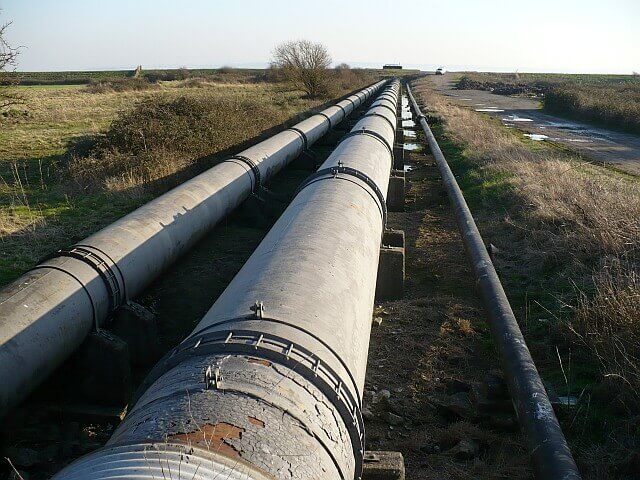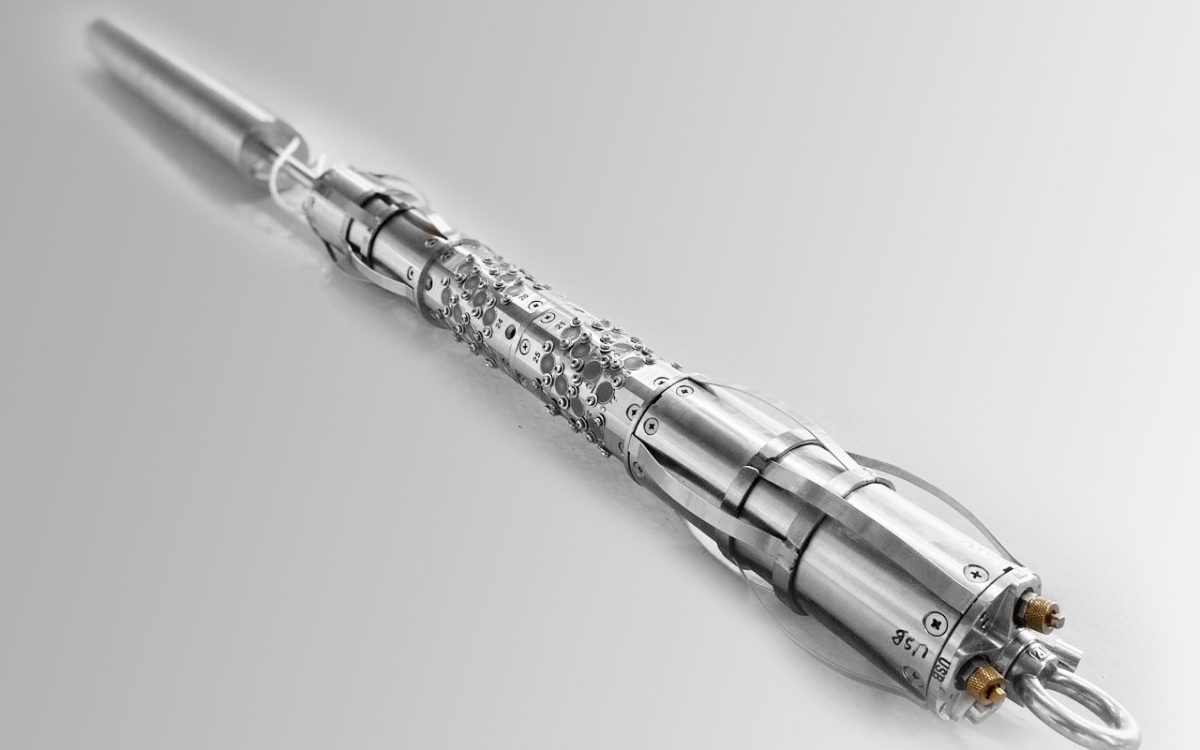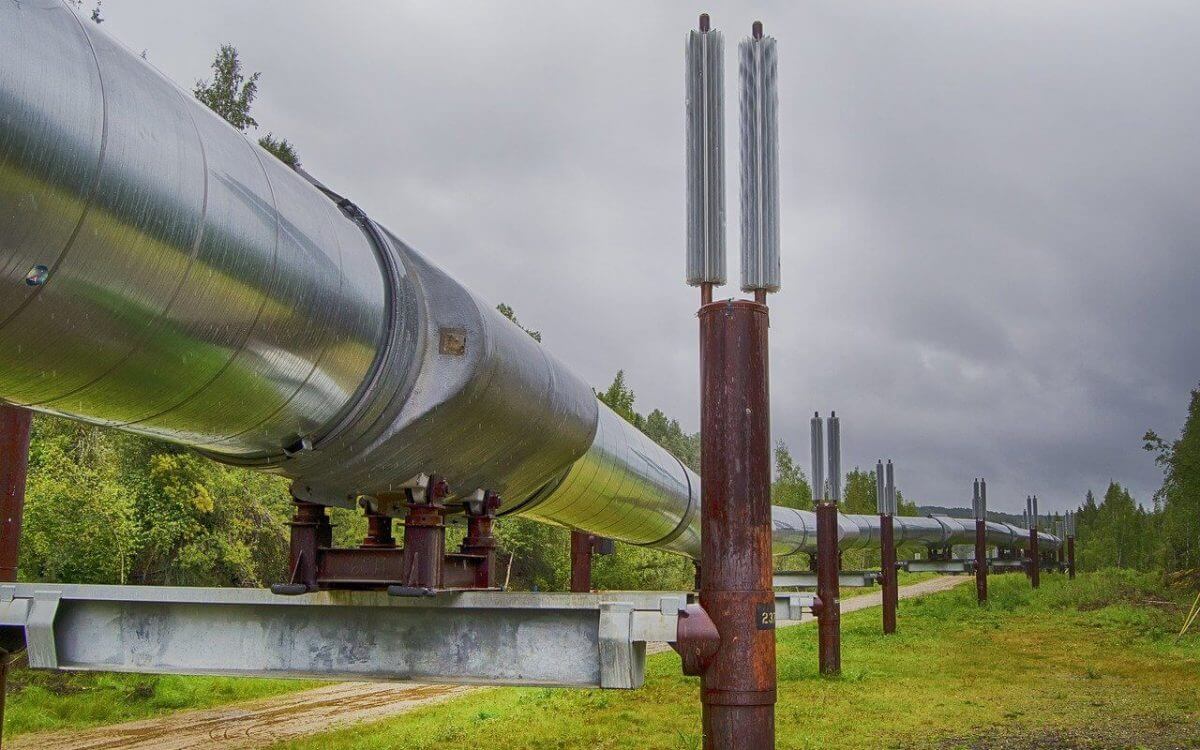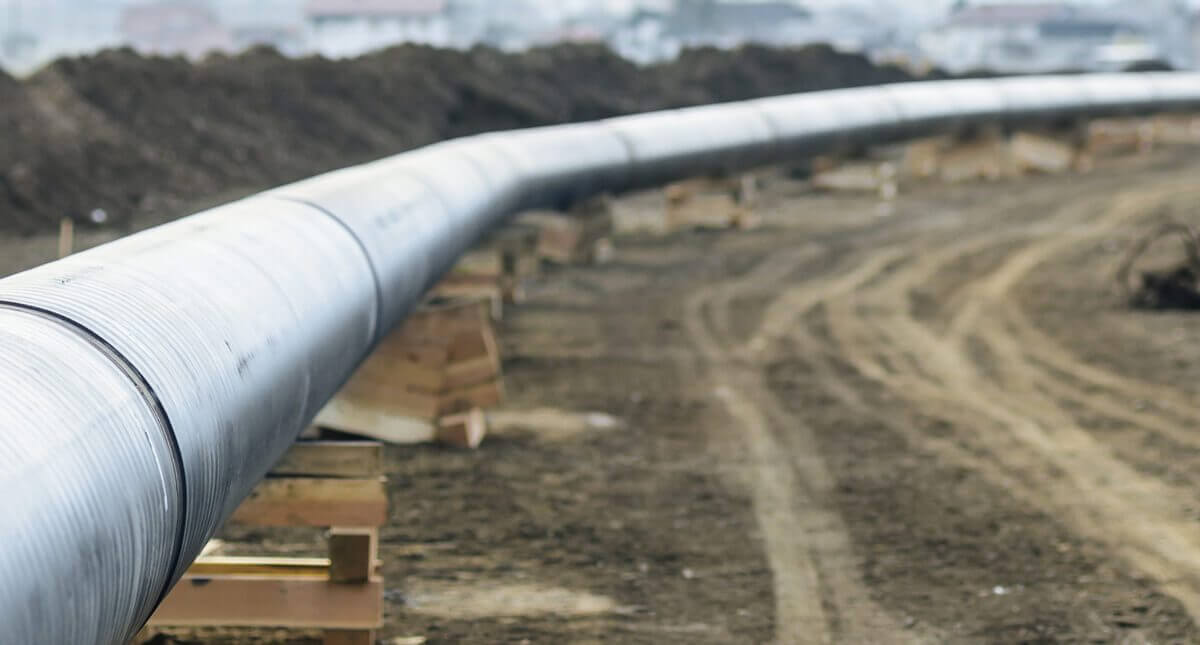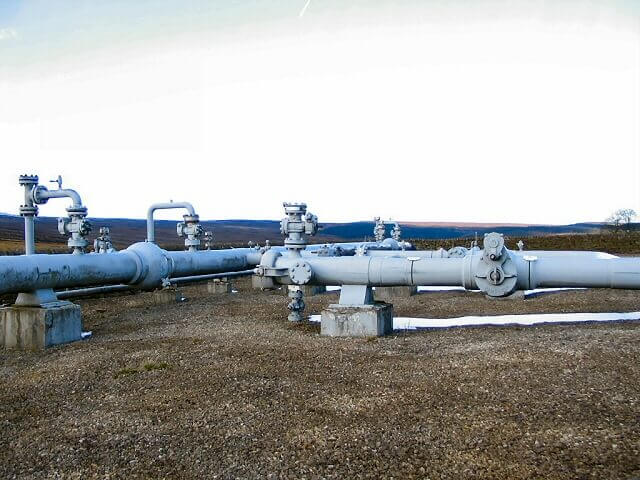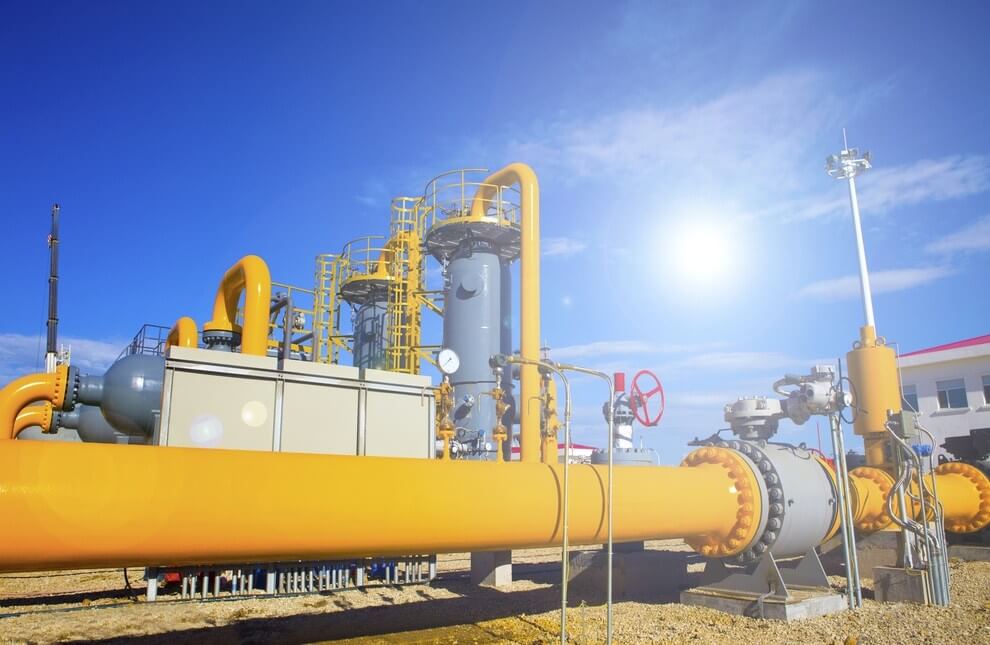Contents
Among the many NDT techniques in pipeline inspection, ultrasonic testing is more advanced and offers more methodologies that include the electromagnetic acoustic transducer technique that is very efficient and popular. pipeline inspection companies can use EMAT technology to measure the wall thickness and detect lamination to meet the pipeline integrity standards. It is also vital in surface and precision inspection.
The electromagnetic acoustic transducer EMAT technology can detect corrosion cracks and coating adhesiveness on pipe walls without a coupling. It applies to both oil and gas pipelines with an almost 100% coverage of the line and a high inspection rate degree. The EMAT testing works best in harsh climatic conditions and will work well on both magnetostrictive and metallic surfaces. They can excite shear waves, surface waves, or bulk waves depending on the magnets and coils' orientation.
The technology applies in the manufacture and processing of metals, pressure vessels, boilers, and pipeline industries. For EMAT inspection to be successful, the electrical coil driven by alternating current produces a tone-burst, spike pulse, or continuous wave. This ultrasonic frequency generates ultrasonic waves on the pipe walls or the test material.
Transduction mechanism
In a magnetic interaction field, there are two mechanisms to generate waves;
1. Lorentz force
When the test material is conductive, it applies the theory of magnetic and electric force meeting at a point. The AC flowing in the electric coil generates eddy current on the pipeline or the material for inspection. Eddy's alternating current on the magnetic field will cause Lorentz force. Several factors affect its distribution. They include;
- Electric coil and magnet design
- The test material properties
- Transducer EMAT’s and test surface position
- Excitation signal
The distribution of the force plays a role in determining the nature of disturbances and their source propagation. There are many EMAT applications, especially in the pipeline inspection works. They function based on the Lorentz mechanism.
2. Magnetostriction
The mechanism works on ferromagnetic materials. It forces changes in the material when there is a magnetic field. The material change may either be an expansion or collapse. Still, the AC is responsible for the magnetostriction that propagates into the ultrasonic wave. Several factors affect this response the bias field strength, AC amplitude, and direction of the bias field are the main factors affecting the Magnetostriction response. The effect is similar to piezoelectric transducers. Most EMAT sensors are of steel, but research shows that Nickel is a better metal for ferromagnetic materials.
There are many reasons why gas pipeline inspection companies prefer the EMAT pipeline inspection technique.
Advantages of EMAT technology
- No-need for coupling medium
- Easy to generate shear waves on a horizontal polarization
- Sensor deployment is easy
- Insensitivity to the condition of the test material surface
- Dry inspection is possible
- No-contact method
- Accurate wall loss detection
- supports detection of corrosion under pipes
Limitations of EMAT technology
- Has a lower transduction efficiency
- The need for extra precaution since steel and magnet are dangerous to handle
- Works on metallic and magnetic environments only
- Size limitations since the transducers are not small, though research is ongoing on the use of smaller elements
- Calibration and set-up take a lot of time.
In structural integrity monitoring through EMAT technologies, guided waves play a role in its effectiveness. The waves have many advantages. High sensitivity to corrosion and any damage during the in-line inspection, applies even in inaccessible places, and has fast propagation. The waves have penetration strength and omnidirectional dissemination capabilities.
Specialists recommend the EMAT inspection method as it produces more accurate results. The technology is also applicable in anomaly inspection of plate lamination and weld inspection. Wall thickness measurement, material characterization, and laser weld are some of the other popular applications. Research on the use of EMAT in ultrasonic communication is ongoing. The study revolves around the metallic structure receipt of acoustic signals. Such information will facilitate communication in underwater and sealed spaces where radio frequency is not possible.
Regular pipeline inspection can help to prevent catastrophic failure. Modern technologies are essential in detecting and measuring corrosion in gas and other pipelines. The pipeline operators who do regular in-line-inspection do not suffer extensive losses due to pipeline damage that leads to accidents and financial loss in unfortunate circumstances.

